Introduction
The Tampa Scale of Kinesiophobia (TSK-11) is a widely recognized tool designed to evaluate fear of movement or re-injury in individuals with chronic pain or musculoskeletal conditions. First introduced in 1991 by Richard P. Miller, Robert J. Gatchel, Tom G. Mayer, and Edward J. Hazard, and published by The Clinical Journal of Pain (original TSK), Journal of Pain (later validations), the TSK-11 is a shortened version of the original 17-item questionnaire, offering a time-efficient yet robust measure for clinical and research settings. With over 1,500 citations on Google Scholar, the TSK-11 has proven its value in physical rehabilitation and pain psychology, particularly for conditions like lower back pain, fibromyalgia, and osteoarthritis.
Consequently, this article explores the TSK-11’s key features, applications, and validation, providing actionable insights for researchers and clinicians aiming to enhance patient outcomes.
Key Features of the Tampa Scale of Kinesiophobia (TSK-11)
Purpose and Use
The TSK-11 is specifically designed to assess kinesiophobia, or fear of movement due to pain or potential re-injury. It is widely used in physiotherapy, pain clinics, and research studies to identify patients who may avoid physical activity due to fear, which can hinder recovery. For instance, clinicians use it to tailor rehabilitation plans, while researchers apply it to evaluate treatment efficacy.
Target Population
The TSK-11 is validated for adults aged 18 and older, including:
- Young adults (18–24 years)
- Middle-aged adults (25–44 years)
- Older adults (45–64 years)
- Seniors (65+ years)
- Students (college/university)
- Parents
Its broad applicability makes it suitable for diverse patient groups with chronic pain or musculoskeletal issues.
Structure
The TSK-11 consists of 11 questions, streamlined from the original 17-item version, covering two sub-domains:
- Fear of movement/(re)injury (6 items): Measures apprehension about physical activity causing harm.
- Somatic focus/negative beliefs (5 items): Assesses harmful beliefs about pain and injury.
Each item uses a 4-point Likert scale (1 = strongly disagree, 4 = strongly agree), which also functions as a multiple-choice and rating scale forma, making it straightforward to administer and score.
Scoring Method
The TSK-11 employs a 4-point Likert scale, with total scores ranging from 11 to 44. Higher scores indicate greater kinesiophobia. Common thresholds include:
- ≤25: Low kinesiophobia, suggesting minimal fear of movement.
- ≥37: High kinesiophobia, indicating significant clinical concern.
Some items require reverse scoring, which clinicians must account for during analysis. Therefore, careful attention to scoring guidelines ensures accurate interpretation.
Administration Format
The Tampa Scale of Kinesiophobia (TSK-11) offers flexibility in administration and can be completed via:
- Paper-based forms
- Digital (Online) platforms
- Interviews (In-person)
Notably, the TSK-11 is self-administered and requires no special training, making it highly practical for busy clinical settings and research studies.
Applications of the Tampa Scale of Kinesiophobia (TSK-11)
The TSK-11 serves multiple purposes in clinical and research settings:
- Screening: Identifies patients with high kinesiophobia who may benefit from targeted interventions.
- Monitoring: Tracks changes in fear of movement over time, especially during rehabilitation.
- Treatment Planning: Guides clinicians in designing personalized therapy plans, such as cognitive-behavioral therapy or graded exposure.
- Research: Widely used in clinical trials to assess the impact of interventions on fear-avoidance behaviors.
For example, physiotherapists use the TSK-11 to adjust exercise regimens, ensuring patients progress without exacerbating fear-related avoidance.
Languages and Availability
To ensure global accessibility, the TSK-11 is available in multiple languages, including:
- Arabic
- English
- Spanish
- German
- Japanese
- Along with Korean, Italian , Turkish ,Persian and more (validated in multiple countries).
This multilingual availability supports its use in international clinical trials and diverse healthcare settings.
The TSK-11 is available under an open access license, making it free for academic and clinical use without requiring payment or special permission. However, for commercial applications, users must contact the publisher or authors, such as Steve R. Woby, PhD, to obtain appropriate licensing. This open access model enhances the TSK-11’s accessibility for researchers and clinicians globally, particularly in resource-constrained settings.
Reliability and Validity
The TSK-11 is highly reliable and valid, with a Cronbach’s alpha ranging from 0.74 to 0.87 across studies, demonstrating strong internal consistency. Moreover, its test-retest reliability supports its use in longitudinal research.
Validation Studies:
- Woby et al. (2005) established the psychometric properties of the TSK-11 as a shortened version, confirming its reliability and validity in chronic pain patients.
- A 2012 study further validated the TSK-11’s psychometric properties, highlighting its sensitivity to fear-avoidance behaviors.
- A 2023 systematic review in The Clinical Journal of Pain synthesized evidence on the TSK-11’s psychometric properties in individuals with musculoskeletal pain, reinforcing its robustness.
- Larsson et al. (2014) demonstrated the TSK-11’s applicability among older adults with chronic pain, with strong internal consistency (Cronbach’s alpha 0.74–0.81).
Limitations and Considerations
However, despite its strengths, the TSK-11 has a few limitations:
- Self-report: Respondents may be influenced by social desirability bias, potentially underreporting fear to appear more resilient.
- Cultural Bias: The TSK-11 may require adaptation for certain cultural contexts to ensure relevance and accuracy.
- Limited Emotional/Cognitive Focus: The tool may not fully capture complex emotional or cognitive components of kinesiophobia, especially in patients with multifaceted psychological profiles.
- Lack of Standard Cut-off Scores: Variability in threshold scores can complicate clinical interpretability, necessitating context-specific adjustments.
- Lack of Sensitivity to Change: The TSK-11 may not always detect subtle changes in fear-avoidance behaviors over time, limiting its utility in some longitudinal studies.
- Social Desirability Bias: Respondents may be influenced by social desirability bias, potentially underreporting fear to appear more resilient.
Other Versions and Related Questionnaires
- Alternative Versions of TSK-11
Other versions include Original TSK-17, TSK-13, TSK-4, TSK-TMD (for temporomandibular disorders), TSK Heart, TSK-F (for fatigue-related kinesiophobia), TSK-C (for children).
- Complementary Questionnaires
Fear-Avoidance Beliefs Questionnaire (FABQ), Pain Catastrophizing Scale (PCS), Pain Anxiety Symptoms Scale (PASS).
Additional Resources
For more information on the TSK-11 and to access the full questionnaire, visit the following resources:
- Download the TSK-11: TSK-11 Questionnaire PDF.
- A direct link to the TSK-11 is available at PhysioTutors.
- Contact: Steve R. Woby, PhD or visit The Clinical Journal of Pain / Journal of Pain.
- Additional TSK-11 resources: Physio-pedia, PubMed, PubMed.
Frequently Asked Questions (FAQ)
- Who can use the TSK-11?
Clinicians, researchers, and physiotherapists use the TSK-11 for adults with chronic pain or musculoskeletal conditions. - How long does it take to complete the TSK-11?
The TSK-11 takes 5–10 minutes to complete, making it efficient for clinical use. - How is the TSK-11 administered?
It can be administered via paper-based, digital formats, and Interview (In-person), offering flexibility in clinical and research settings. - Is there any cost to using the TSK-11?
The TSK-11 is free for non-commercial use, but commercial applications require permission from the publisher.
A word from ResRef about Tampa Scale of Kinesiophobia (TSK-11)
The Tampa Scale of Kinesiophobia (TSK-11) offers a reliable, validated, and comprehensive tool for assessing fear of movement in patients with chronic pain. Whether you are a researcher evaluating treatment outcomes or a clinician improving patient care, the TSK-11 reveals critical insights into fear-avoidance behaviors. Consequently, it leads to better rehabilitation strategies and informed treatment decisions.
References
- Woby, Steve R.a,b,*; Roach, Neil K.c; Urmston, Martina,b; Watson, Paul J.d. Psychometric properties of the TSK-11: A shortened version of the Tampa Scale for Kinesiophobia. Pain 117(1):p 137-144, September 2005. | DOI: 10.1016/j.pain.2005.05.029 (link)
- Psychometric Properties of the Tampa Scale for Kinesiophobia-11 (TSK-11) Tkachuk, Gregg A. et al. The Journal of Pain, Volume 13, Issue 10, 970 – 977 (link)
- Dupuis, Frederique MPht*,†; Cherif, Amira MSc*,†; Batcho, Charles PhD*,†; Massé-Alarie, Hugo PhD*,†; Roy, Jean-Sébastien PhD*,†. The Tampa Scale of Kinesiophobia: A Systematic Review of Its Psychometric Properties in People With Musculoskeletal Pain. The Clinical Journal of Pain 39(5):p 236-247, May 2023. | DOI: 10.1097/AJP.0000000000001104 (link)
- Larsson, C., Hansson, E. E., Sundquist, K., & Jakobsson, U. (2014). Psychometric properties of the Tampa Scale of Kinesiophobia (TSK-11) among older people with chronic pain. Physiotherapy Theory and Practice, 30(6), 421–428. (link)
- Woby SR, Roach NK, Urmston M, Watson PJ. Psychometric properties of the TSK-11: a shortened version of the Tampa Scale for Kinesiophobia. Pain. 2005 Sep;117(1-2):137-44. doi: 10.1016/j.pain.2005.05.029. PMID: 16055269. (link)
- Vlaeyen JWS, Kole-Snijders AMJ, Boeren RGB, van Eek H. Fear of movement/(re)injury in chronic low back pain and its relation to behavioral performance. Pain. 1995 Sep;62(3):363-372. doi: 10.1016/0304-3959(94)00279-N. PMID: 8657437. (link)


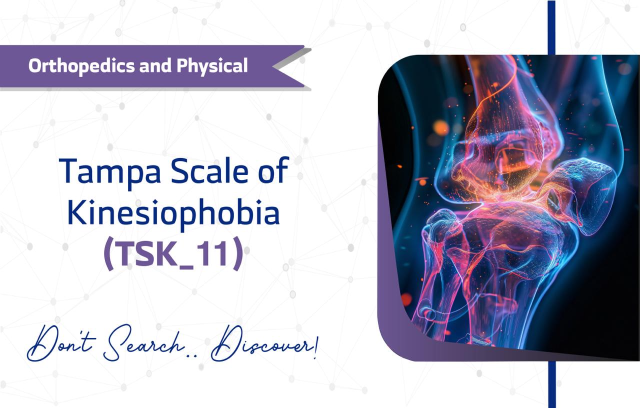

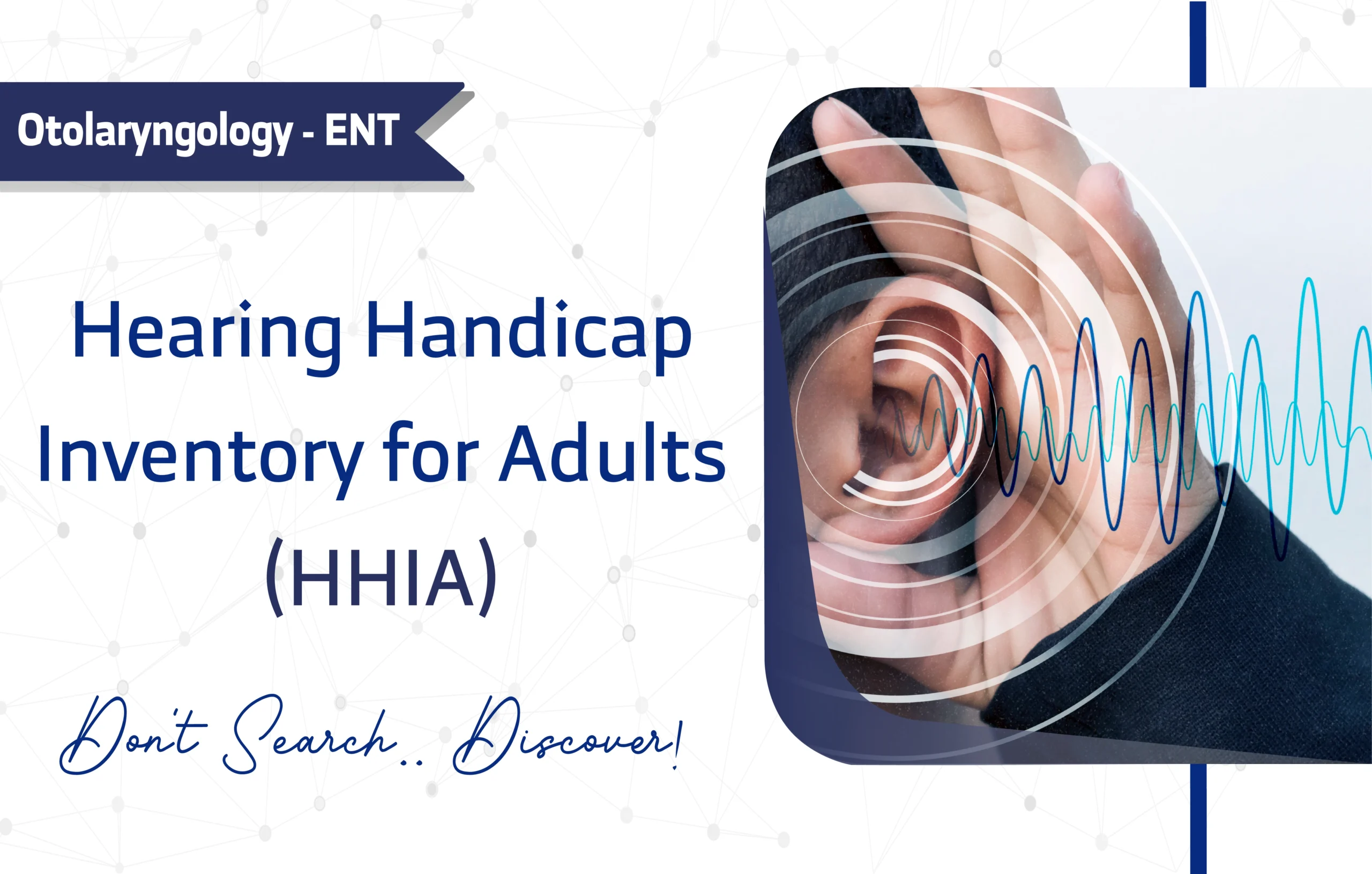
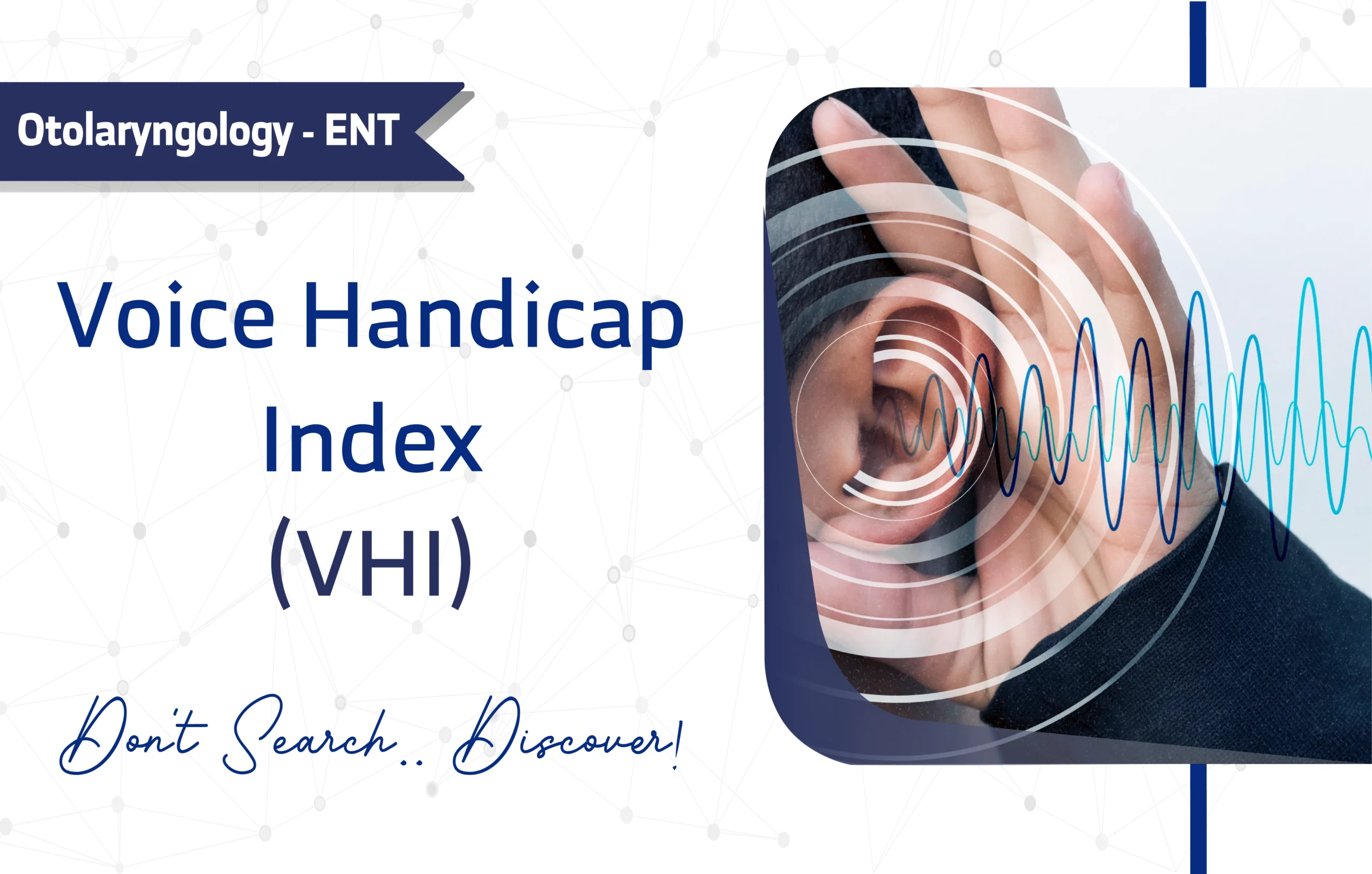
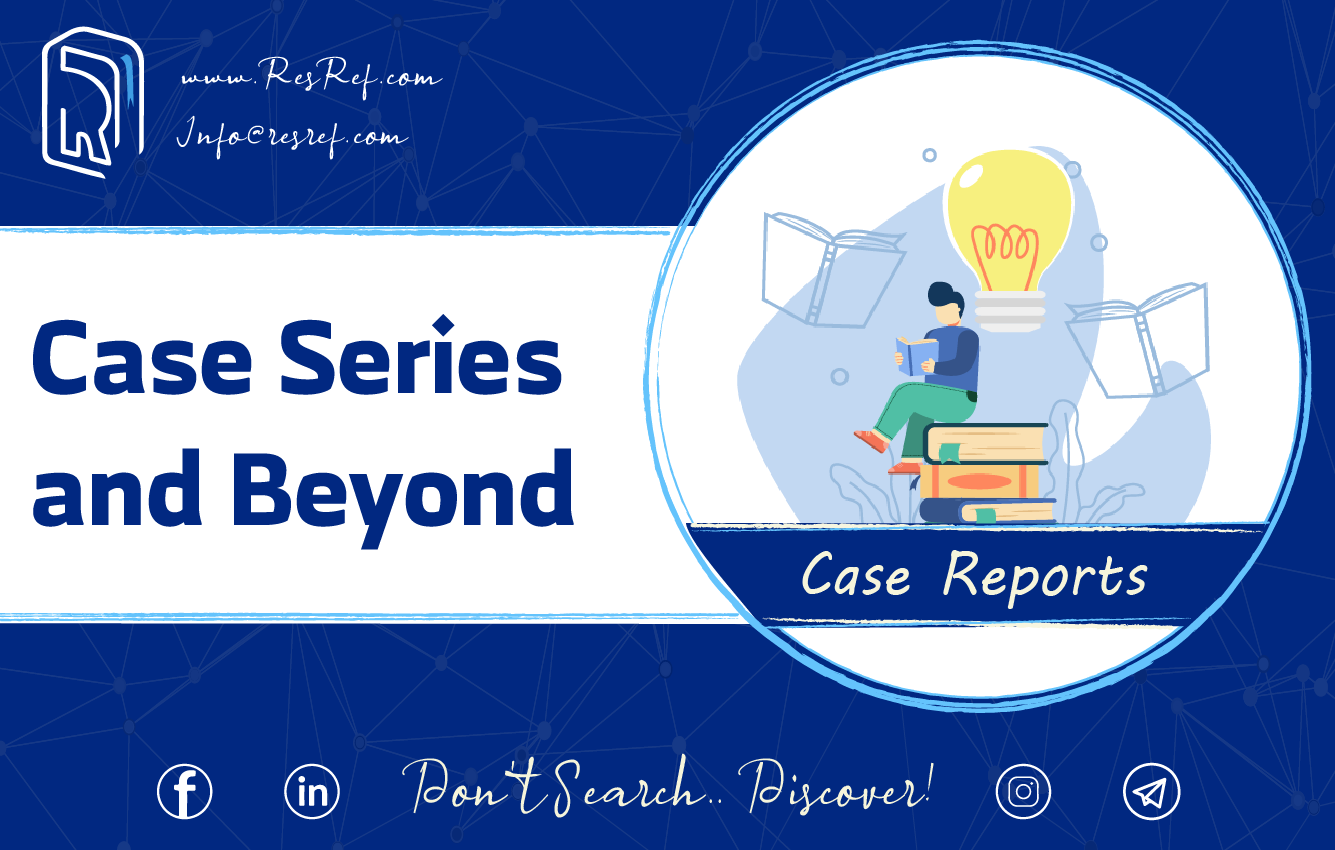

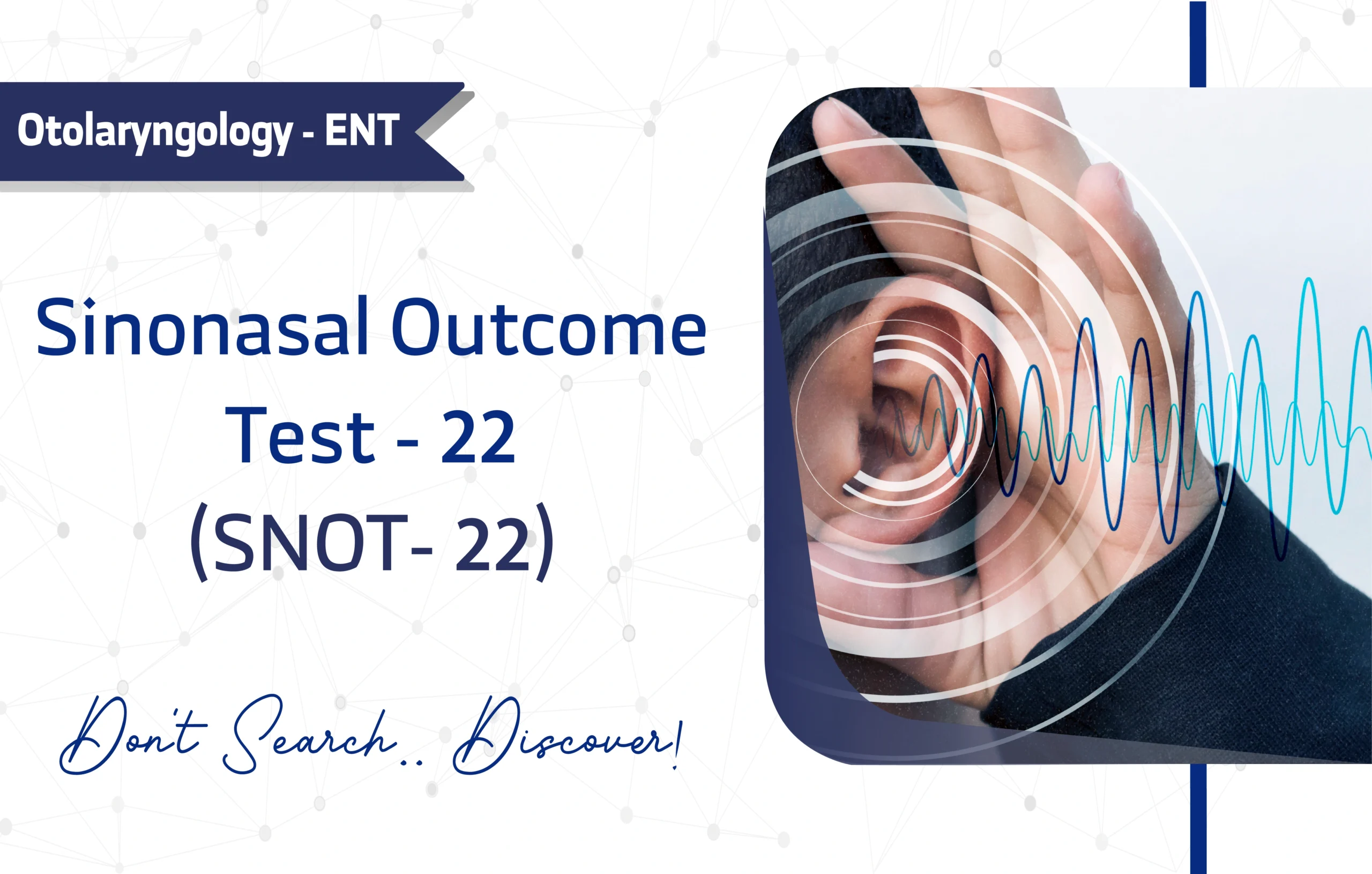
1 thought on “Tampa Scale of Kinesiophobia (TSK-11): A Full Guide for Researchers and Clinicians”
Loving the information on this website , you have done outstanding job on the content.